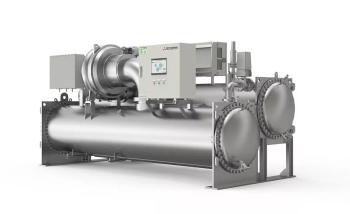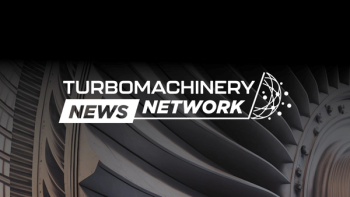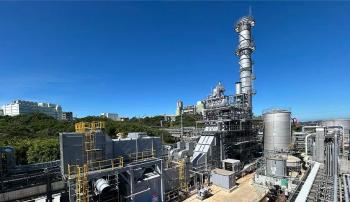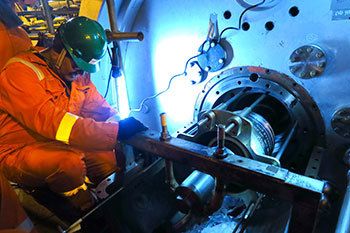
Air Liquide’s Ammonia Cracking Unit Begins Operation in Belgium
Key Takeaways
- Air Liquide's ammonia cracking unit in Belgium converts 30 tons of ammonia to hydrogen daily, supporting low-carbon hydrogen supply chains.
- Ammonia serves as a cost-effective hydrogen carrier, produced in renewable energy-rich regions and transported globally.
The industrial-scale ammonia cracking unit utilizes key enhancements across critical areas, including process safety, material testing, ammonia combustion, molecule separation, and more.
Air Liquide successfully kickstarted the world’s first
The company’s proprietary ammonia cracking technology benefitted from several key enhancements across multiple critical areas, including process safety, material testing, advanced catalysis for ammonia cracking, ammonia combustion, and efficient molecule separation. This successful operation demonstrates Air Liquide’s ability to upscale technologies from laboratory research to industrial applications, developing first-of-its-kind solutions for customers.
“The commissioning of our ammonia cracking pilot unit in Antwerp is a key milestone,” said Armelle Levieux, Member of Air Liquide’s Executive Committee. “This is a world first which paves the way for new low-carbon hydrogen supply chains. By proving the viability of industrial-scale ammonia cracking, Air Liquide demonstrates its capacity to provide concrete solutions for its customers and contributing to the energy transition. I am proud of the work and commitment of all our teams who made this achievement possible.”
Efficiently transporting hydrogen over long distances represents a significant challenge for developing a global hydrogen economy. Ammonia, a valuable hydrogen carrier, can be cost-effectively produced in regions with renewable energy sources, such as solar, hydropower, wind, and other low-carbon power. This molecule may present an answer to the long-distance hydrogen transportation issue.
Currently, a well-established global infrastructure exists for the large-scale production, transportation, and utilization of ammonia. This enables ammonia exports from energy-abundant regions to end-users around the world, where it can then be cracked back into hydrogen to help decarbonize industry and mobility. Air Liquide’s industrial-scale pilot plant is supported by the Flemish Government through VLAIO—the Flemish Agency for Innovation and Entrepreneurship.
Hydrogen Production Unit
In late November 2024, Air Liquide announced that it will construct, own, and operate a renewable hydrogen production project with an annual capacity of 25,000 tons at TotalEnergies’
The project represents an Air Liquide investment of more than €80 million to establish a renewable hydrogen ecosystem in the Fos-sur-Mer area, a primary industrial basin in France. The La Mède project aligns with Air Liquide’s goal to support its industrial partners’ decarbonization initiatives, as well as the company’s plan to decarbonize its hydrogen network production sources. Installing a renewable hydrogen production unit increases Air Liquide’s capacity to satisfy current and future requirements for low-carbon hydrogen in the industrial basin.
In terms of additional projects in the Fos-sur-Mer region, Air Liquide operates:
- Three air separation units
- One hydrogen production unit
- One high-pressure hydrogen station for long-distance trucks
- A large-scale hydrogen network
Newsletter
Power your knowledge with the latest in turbine technology, engineering advances, and energy solutions—subscribe to Turbomachinery International today.





